Is it Possible to Fly Responsibly?

Travel writer Henry Wismayer, recently wrote an an eye-opening piece in The Atlantic, on the need to rethink our profession as travel writers. The very thing we love and want others to experience – the stupendous beauty of our planet – is under imminent threat, partly as a consequence of our flying emissions and the need to fly responsibly.
“That’s a hard thing for a travel writer to admit. After family and friends, travel is pretty much my favorite thing—not only my source of income, but an inexhaustible wellspring of curiosity, empathy, and wonder,” wrote Wismayer, and I nodded along reading it, relieved that the ‘flying shame’ wasn’t mine alone.
Indeed, a few months ago, when KLM Royal Dutch Airlines reached out to me for a collaboration to promote the need to”fly responsibly”, it sounded like an oxymoron. After all, the airline industry is responsible for atleast 2% of the world’s total carbon emissions – and green hydrogen or sustainable aviation fuel (SAF) powered flights are still a very distant reality.
However, learning about their on-going sustainability initiatives gave me hope.
Should we take the train instead?
There’s a standing joke in the aviation space: The most sustainable flight in the world is the one that never takes off!
KLM is the world’s first airline to openly encourage people to take the train – and for that they’ve won my respect. On average, a passenger on a train emits significantly less CO2 than an airline passenger.
Also read: Do we Need to Reconsider Our Flying Guilt?
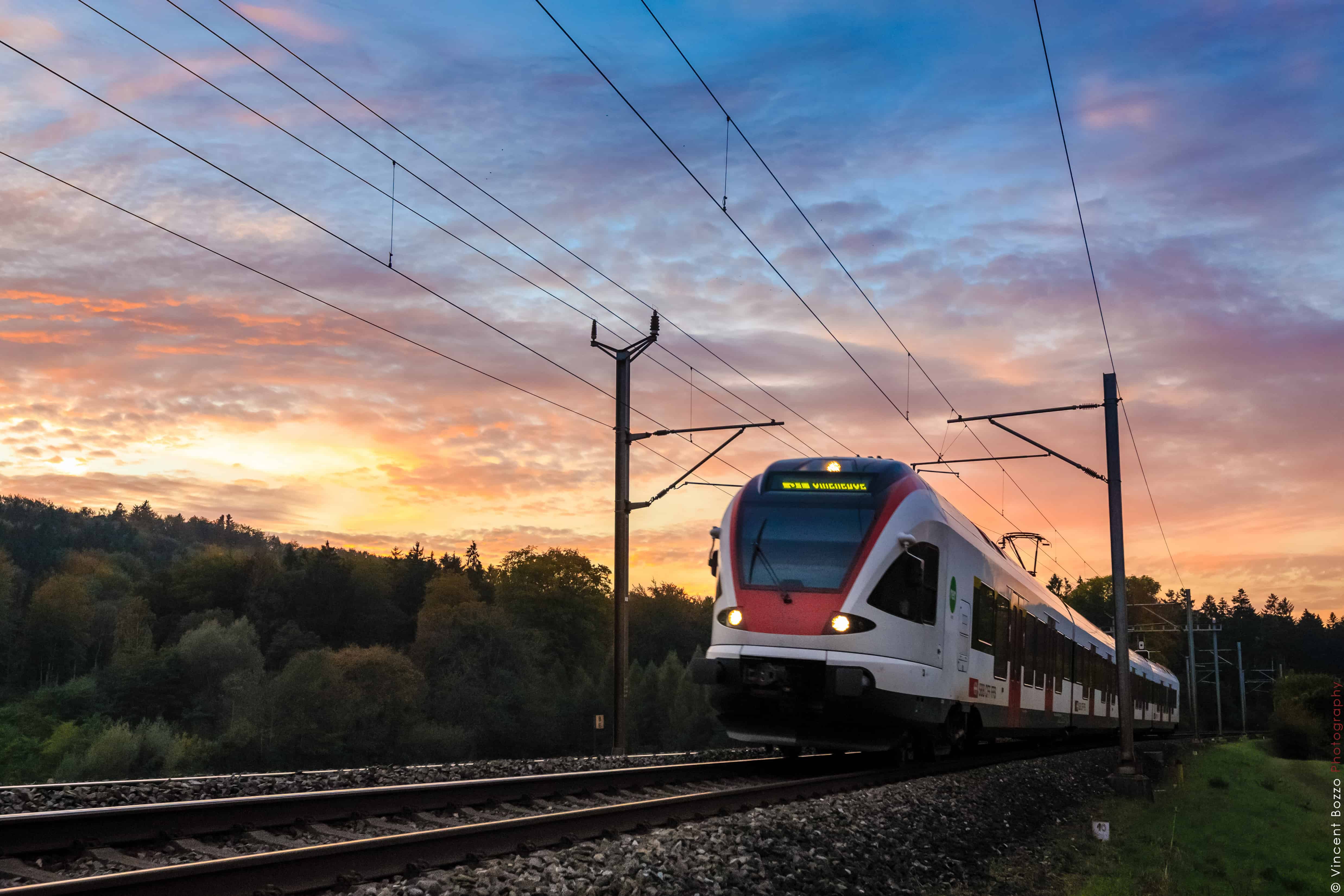
Not all airlines are the same when it comes to carbon emissions or attempting to fly responsibly
The Dow Jones Sustainability Index is currently the most reliable measure of airline sustainability, and in September 2019, KLM made it to the top again. It’s previously been ranked the world’s most sustainable airline for 12 years in a row!
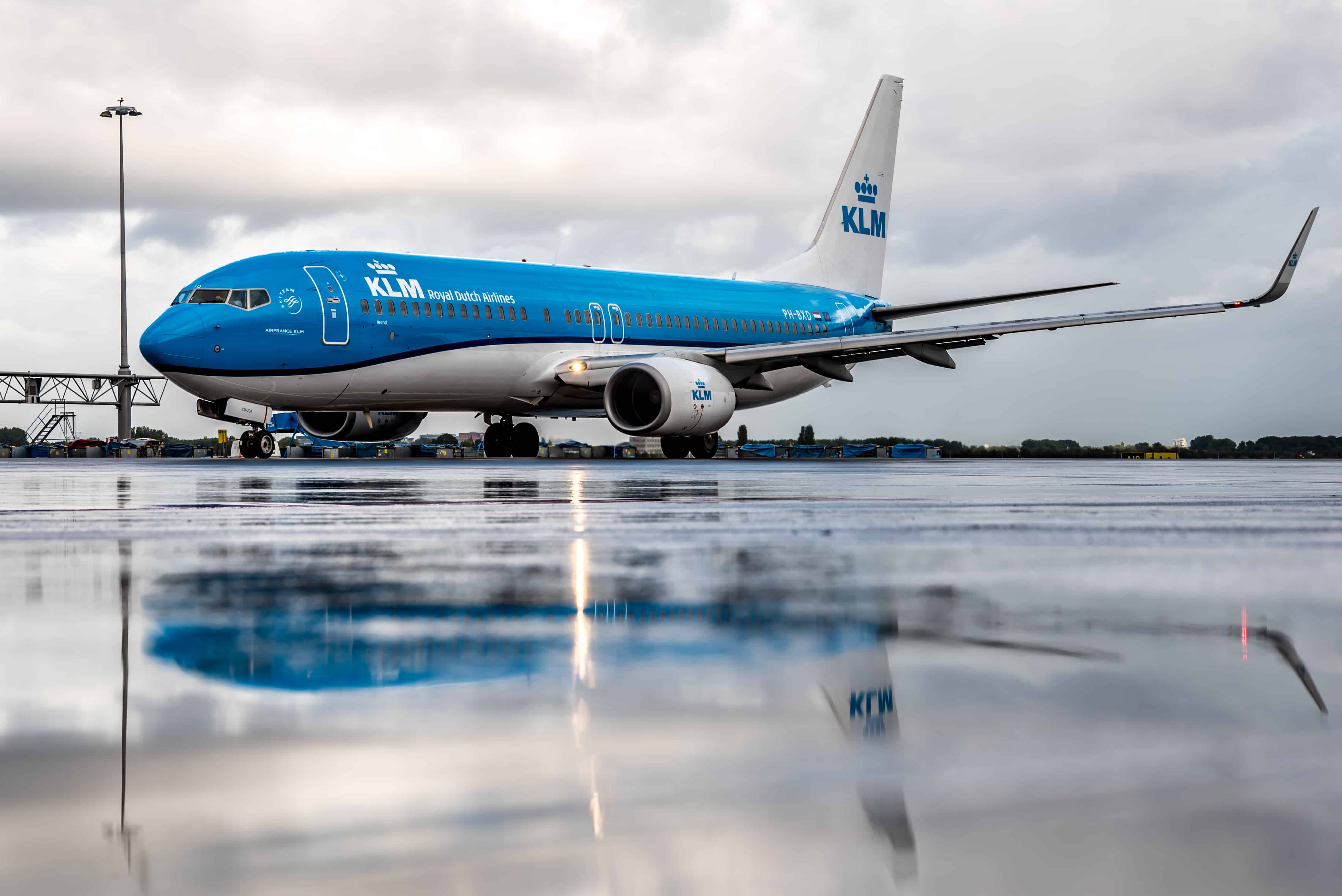
On my KLM flight from Delhi to Amsterdam, I discovered that being (relatively) sustainable doesn’t mean compromising on comfort
Think mood lighting, spacious seats, big screen and personal window brightness control.
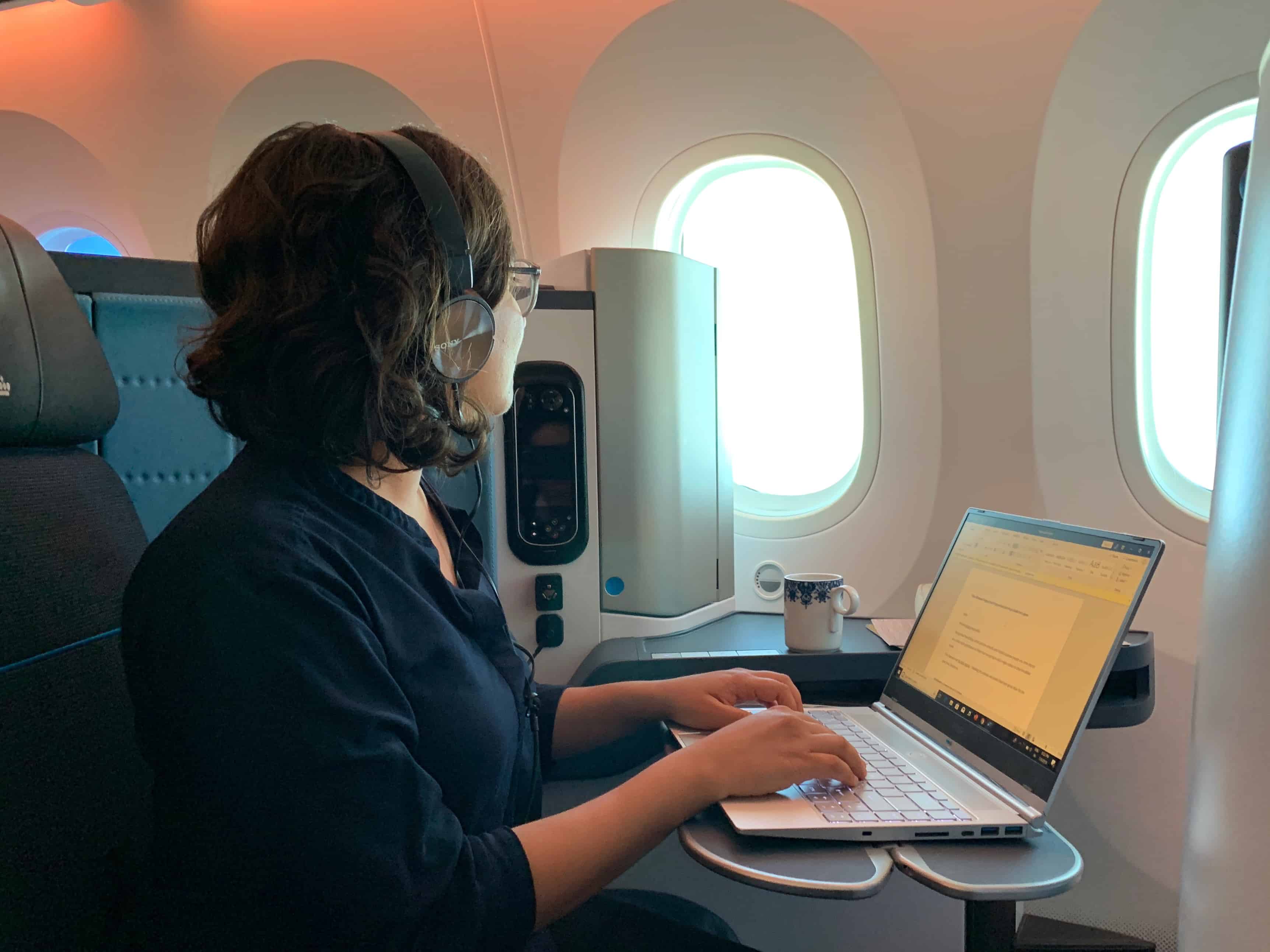
Infact the latest Boeing 787 Dreamliners are more luxurious yet more fuel efficient
The Boeing 787-9 Dreamliner I flew has 25% better fuel efficiency and more passenger capacity, yet is lighter than equivalent aircrafts.
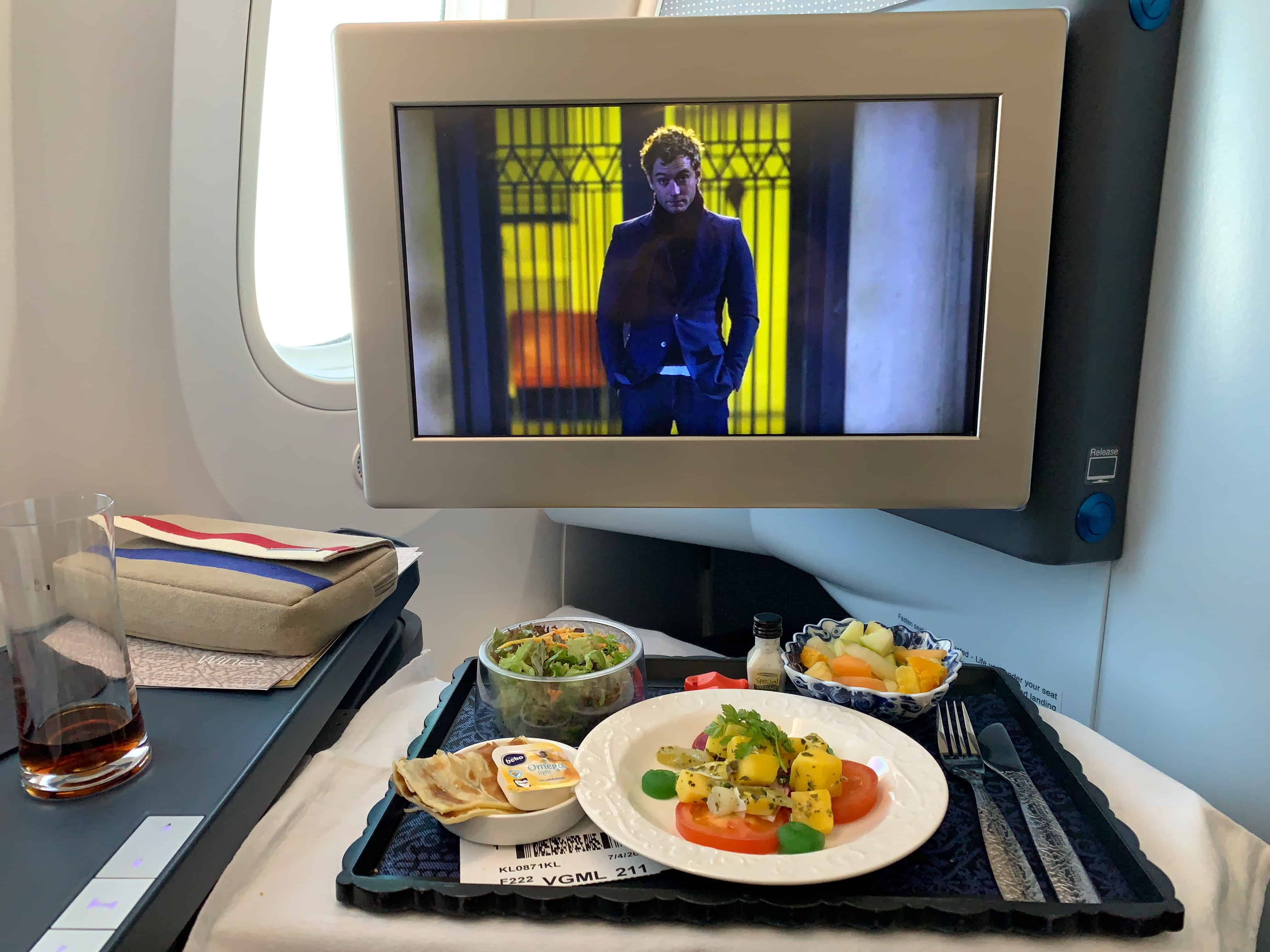
An inflight video explained that some KLM flights are partially powered by sustainable aviation fuel
The world’s first airline to do so on a commercial route.
Using biojet fuel (basically cooking oil waste that can’t be reused in a kitchen) can reduce CO2 emissions of air travel by upto 80%, making it possible in the distant future to fly responsibly!
The challenge right now is that SAF is available in very limited quantities and therefore extremely expensive. Realistically speaking, it might be years before it can be scaled up.

Research has shown that flying direct – which is more convenient – has lower carbon emissions
Take-off and landing account for the highest emissions. KLM already flies direct from Delhi and Mumbai to Amsterdam. Starting 31st October 2019, their Boeing 787s will also start flying the direct Bangalore-Amsterdam route.
On the one hand, flying direct reduces emissions. But on the other, launching new airline routes adds to them!
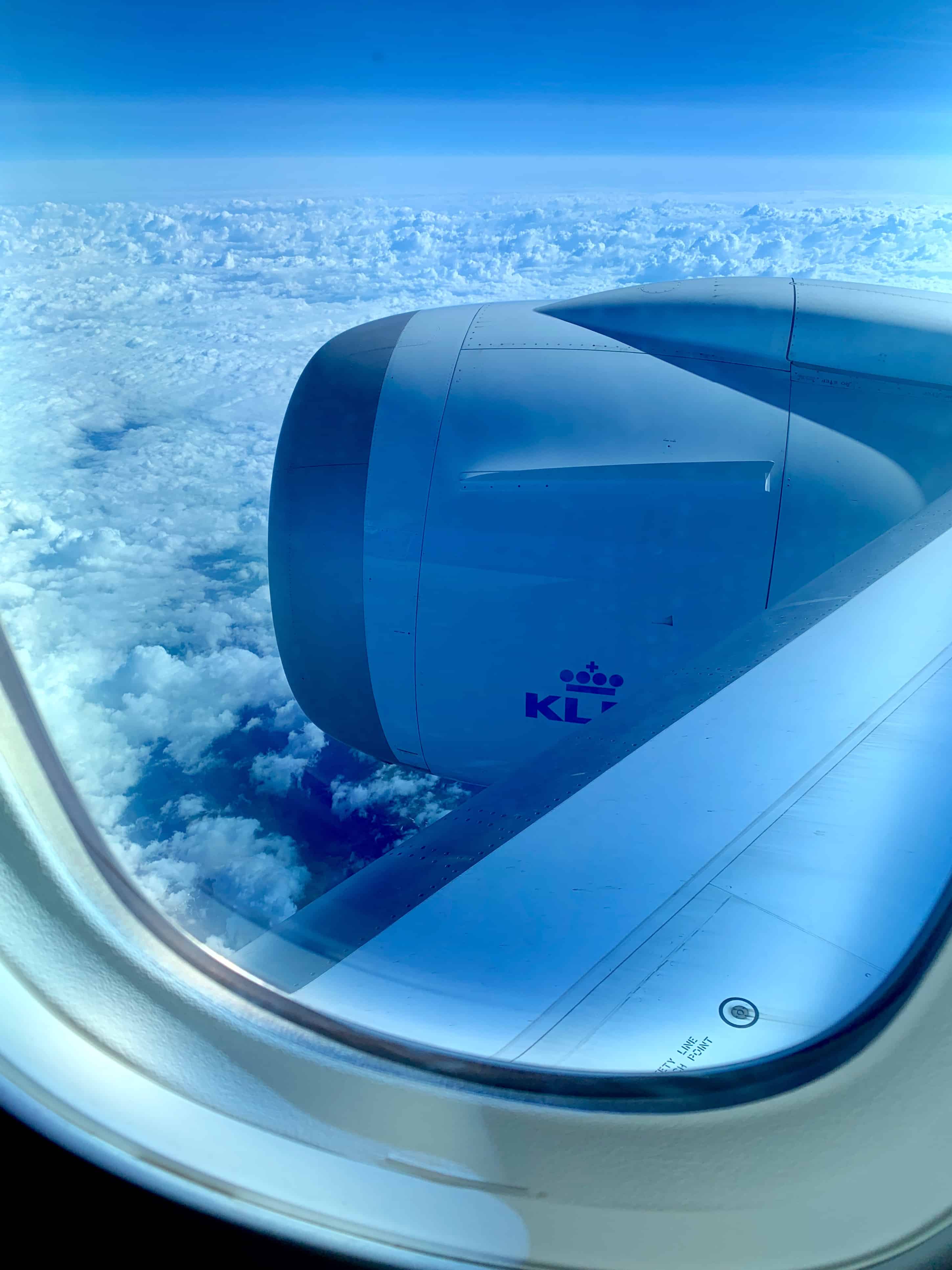
I was surprised that a design school in Amsterdam put together a fashion show with a dismantled KLM jet
All clothes were made from the jet material, including seat belts and tyres 😲

Concerned that single-use plastic is still used on board
At a press conference, when I asked KLM’s CEO Peter Elbers whether we could expect single-use plastic free flights in the future, he explained the dilemma. Using reusable utensils and cutlery means carrying more water on board to wash everything; more weight = more emissions. He hinted though, that research is underway for bulk plastic alternatives, like bamboo toothbrushes in inflight amenity kits.
I also learnt that segregation for composting / recycling on board airlines is closely tied to waste management laws where the plane lands.
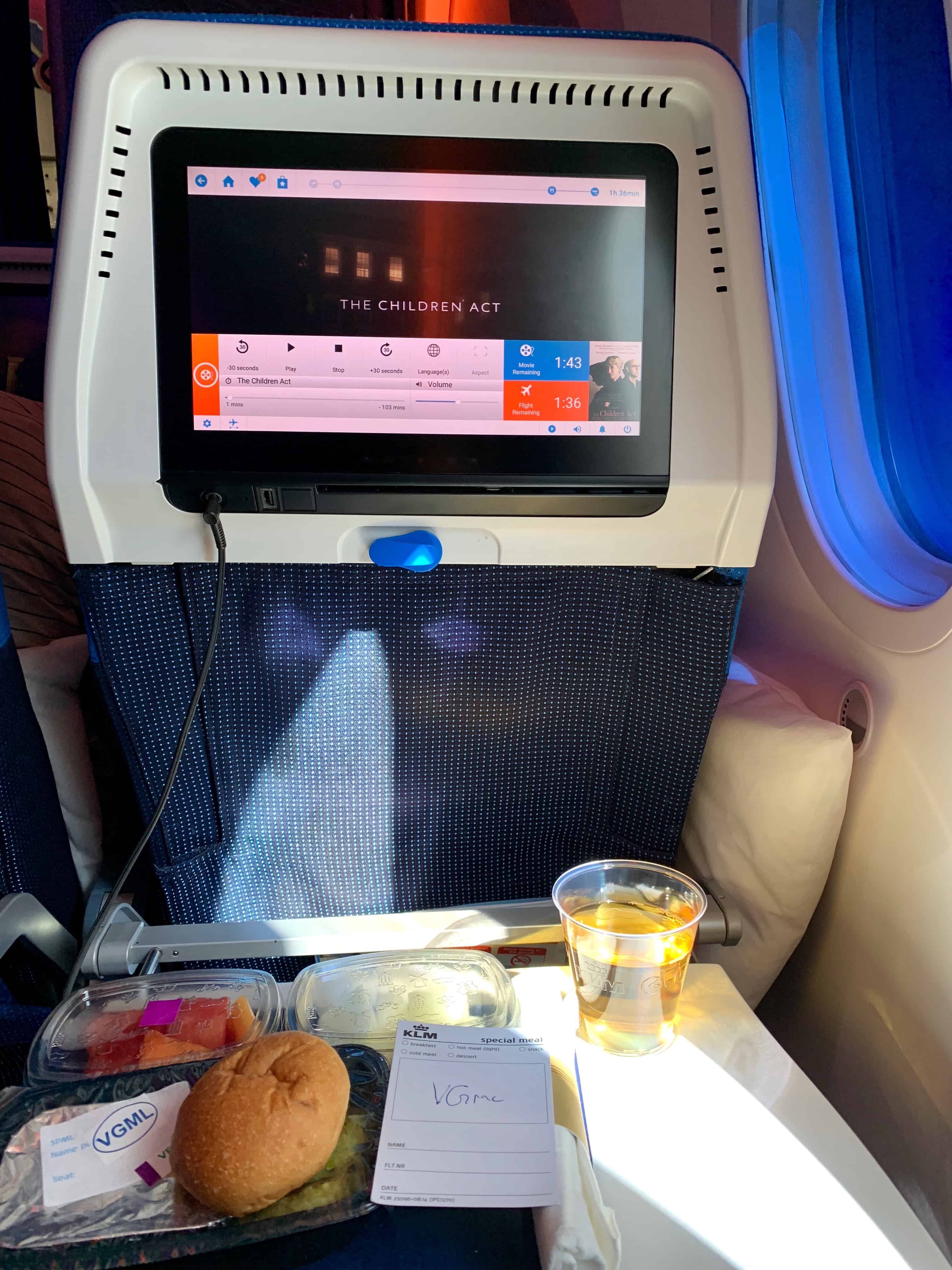
Intrigued that small steps to fly lighter can reduce fuel consumption and be an immediate step for all airlines to fly responsibly
KLM has done away with physical newspapers, and uses lighter cargo nets and trolleys to decrease the weight on board, resulting in lower emissions.

And relieved that a “semi-dry wash” to clean these giants planes uses 80 times less water
KLM developed this technique that works almost like a washing machine, back in 2012.
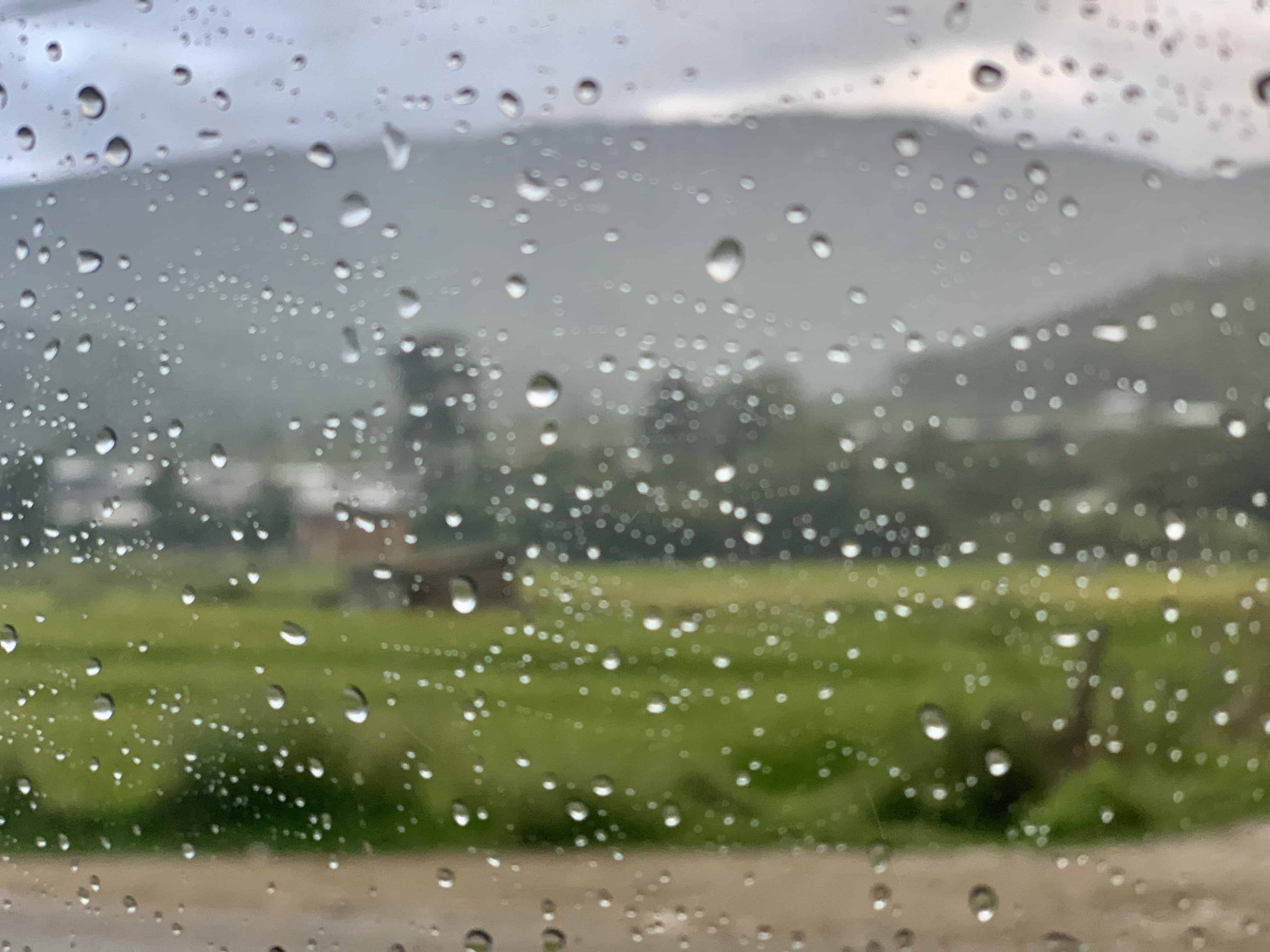
I felt creative at the uber cool workspaces at the new KLM Crown Lounge in Amsterdam
Before a taste of KLM business class with full flat seats, huge windows, huge screens and plenty of motivation to write, practice Urdu and watch a sappy movie 😉
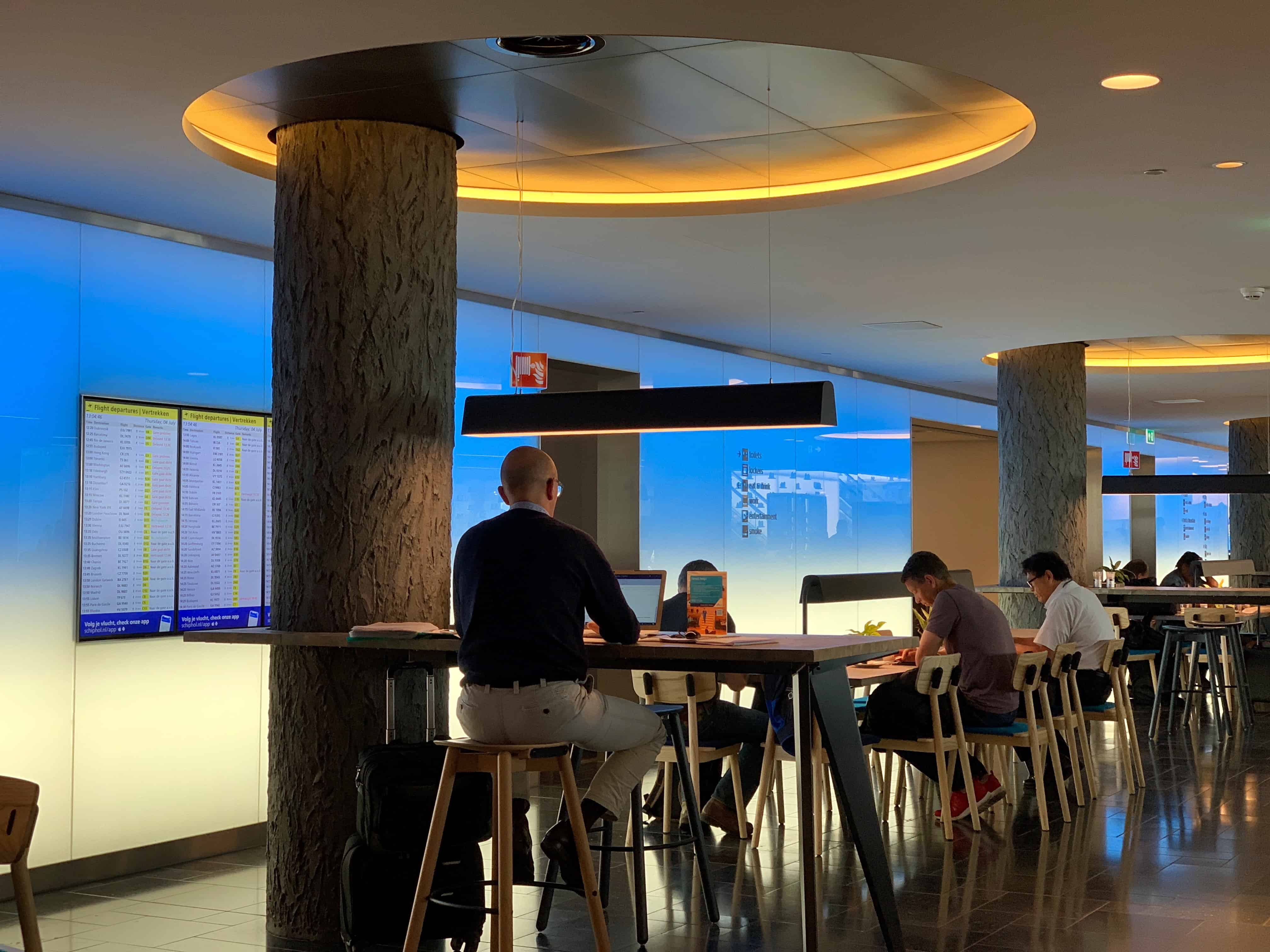
And hopeful that unlike many airlines, KLM is talking about the need to fly responsibly and their carbon emissions upfront
Urging the industry to invest in sustainability. No planet = no profits.
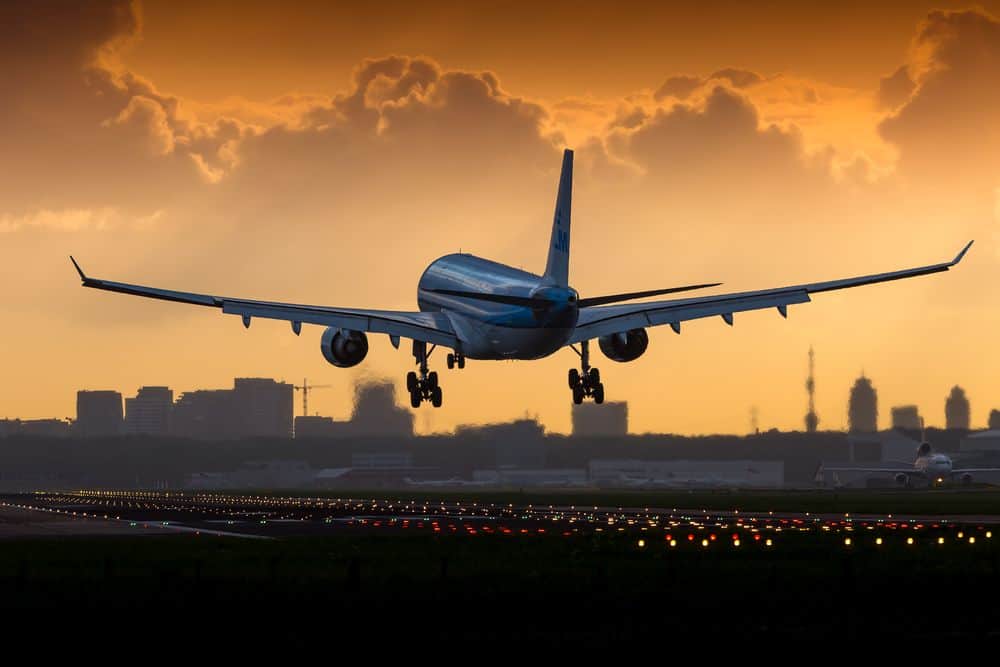
It is the world’s first airline to offer passengers a CO2ZERO program to offset emissions
Where we can calculate the average emissions of our flight, and use airline miles or cash to let them invest in reforestation projects in Panama on our behalf. Given all the skepticism around offset programs, I’d love to visit those projects in person someday!
See my ongoing Passion Projects, one of which focuses on reforestation in the Uttarakhand Himalayas.
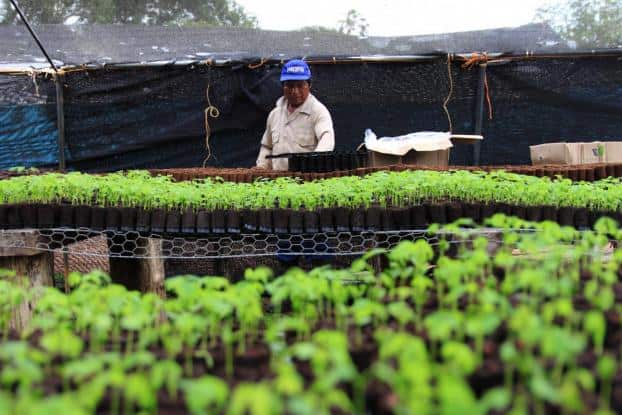
Air travel has changed much in the last 100 years
KLM has been around since 1919 – the world’s only airline to be flying for a 100 years under the same name! Yet it gives me hope for the future of aviation.
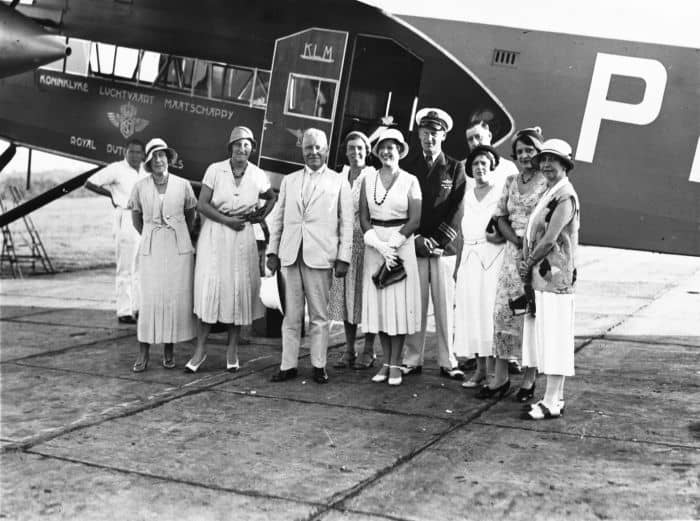
Now to fly responsibly, I know that my choice of airline and aircraft matter
It’s high time we offer our loyalty to those that care about the planet.
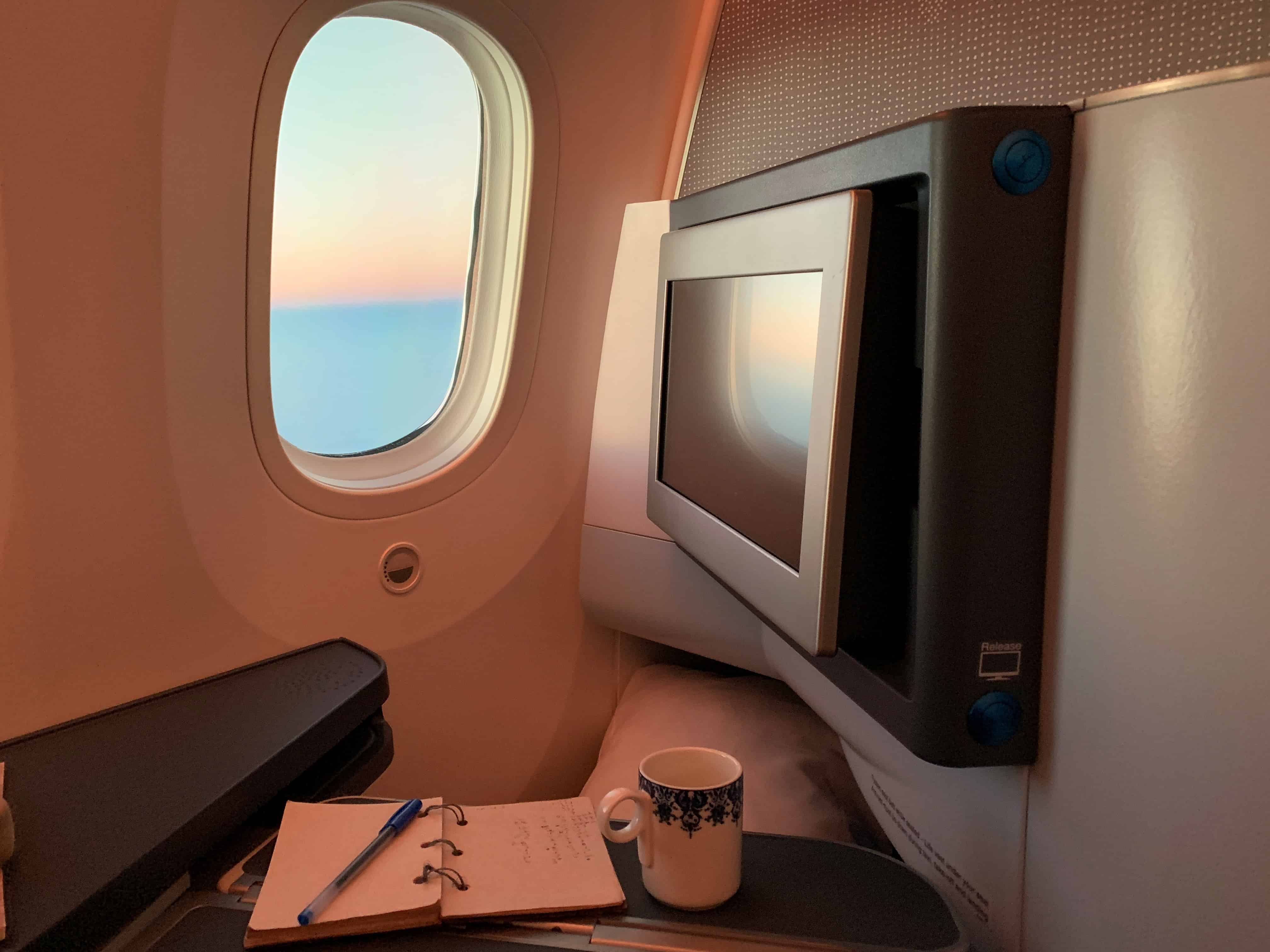
And even as a travel writer, I’m seriously working towards flying much less than before
Given the visa challenges of the Indian passport, and India’s closed borders with some neighbours, land journeys can be challenging. But I can’t let that stop me…
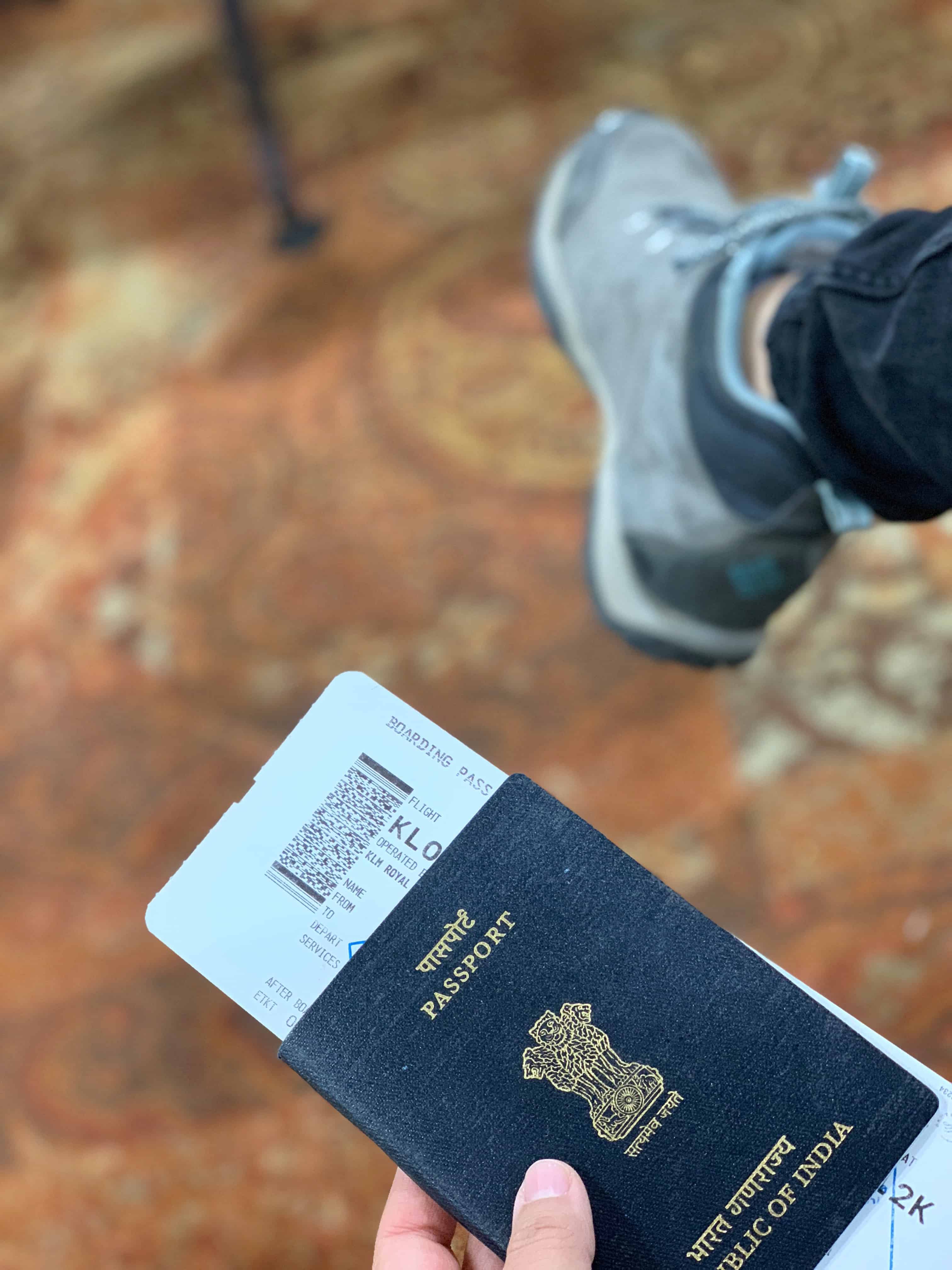
After all, we need to do all we can to reduce our carbon footprint on earth
No planet = no us.

Tips to fly responsibly:
In the process of researching responsible flying, I’ve also learnt a few things we can each do on an individual level, besides choosing a sustainable airline and a more efficient aircraft:
- Pick a direct flight. The majority of flying emissions are emitted during take-off and landing. A direct flight therefore means significantly lower emissions than one with stopovers.
- Pack lighter. Less weight on board = less emissions.
- Say no to single-use plastic. I always carry my own water bottle and refill it at the airport before the flight. I also carry my own headphones, refuse wet towels that come in plastic pouches, and when possible, pack food / snacks in my steel container to avoid mostly awful airplane food that’s wrapped in plastic and comes with plastic cutlery.
And you, what have you learnt about sustainability on your travels?
*Note: I wrote this post in collaboration with KLM India. Opinions on this blog are always mine.
Join my adventures around the world on Instagram, Facebook and Twitter.
Order a copy of my bestselling book, The Shooting Star.
ALSO READ:
Offbeat, Incredible and Sustainable Travel Companies in India
Why I Turned Vegan – and What it Means For my Nomadic Lifestyle
“I Love Spiti”: How Travellers Must Help Save India’s Surreal Himalayan Desert
Read more posts on responsible travel.
Hi there! I’m Shivya, and I started this travel blog back in 2011, when travel wasn’t trendy, Instagram didn’t exist and AI wasn’t a thing (simpler times, I know!). I write about slow, meaningful and conscious travel – that is good for us, the places we visit, the people we meet along the way, and the planet at large. Settle down, grab a cup of tea, and read stories that remind you of the essence of travel. I’m so glad you found me!


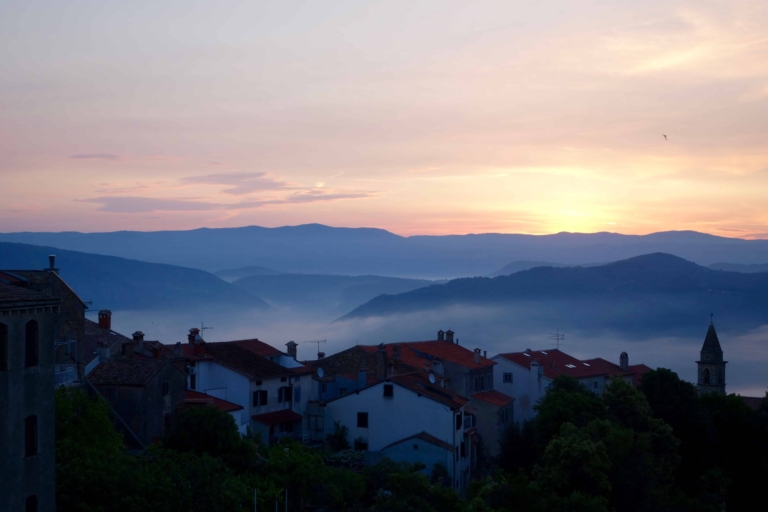

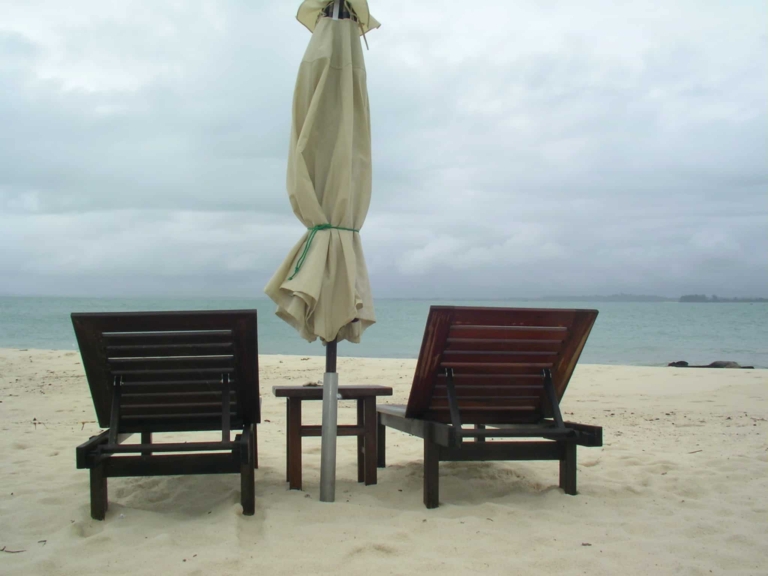



Thanks for sharing! This puts a lot in perspective
Thanks for reading!
I have travelled with KLM and I was extremely happy with friendly flight stewardess, a rarity these days. One of the best things when you choose KLM is their flight timing are quite convenient as a traveller. You arrive just in time for check in at the hotel. In contrast, other good airlines offering connecting flights from middle east meant waste of an entire day.
Loved the hospitality on board too, but I definitely prefer flying during the day. Loved their return timings 😉
Great to know — thanks
Helps to know how our choices matter.
A very interesting read
Glad you thought so!
Beautifully expressed 😘
Thanks for reading! Tried to make it interesting for those who don’t consider themselves #avgeeks 😉
The unfortunate paradox. But maybe we always don’t have to travel so far away to have an adventure?
Absolutely agree. But also a little unfair to let where you’re born decide what you can experience. Hate the paradox.
Really makes me rethink about so many things! Always love trains over flights at least for domestic travel and when its impossible now i know to make the right choice of airline.
Quite unsure about whether trains in India are really less emitting than flights – given that most are inefficient and powered by either diesel or electricity from coal.
Informative Post 🙌🏻
Thanks for reading!
Great initiative by KLM. Every airline should follow this
I love your blog! As full time travelers with no set home location, we are trying hard to figure out how to travel less by plane – 2020 will be our 5th year as nomads, and are planning to overland from Norway to “the Stans” and then to Iran.
The sad truth of the matter is that it’s often cheaper (and more convenient) to travel by plane than any other way. 🙁
Your site has been more than helpful!